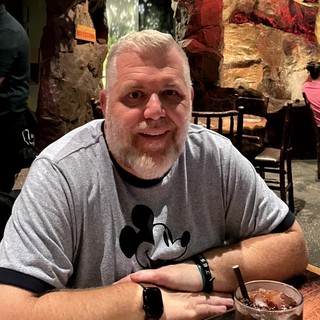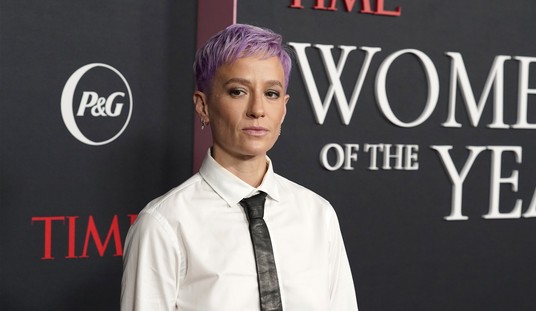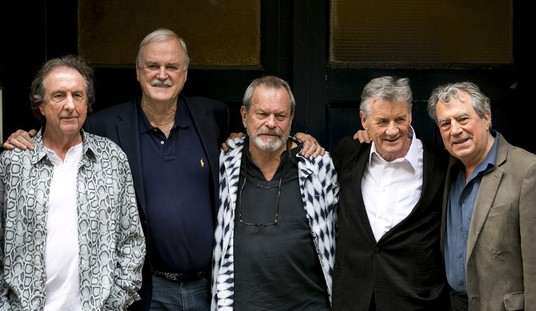Here at CPAC in Orlando, there’s a massive exhibit hall called CPAC Central with sponsors and other organizations. Many of them are activist groups for conservative causes, while others are booths selling merchandise. One small booth could have been easy to pass by had the guy manning it not called me over. I’m glad I stopped.
The American Journey Experience hosts a collection of 160,000 artifacts from American history, and they brought a few of those items to CPAC Central. The presidential items, like George Washington’s compass (which he used for surveying when he wasn’t slaying tigers) and the key to the presidential box at Ford’s Theatre, were impressive. But what I loved and appreciated more than anything else was the items they brought to CPAC to coincide with Black History Month.
A couple of items dedicated to decorated Olympian Jesse Owens — who was a Republican, by the way — were fun to see, but I was drawn to the artifacts related to black patriots who fought in the American Revolution.
One of those items was a promissory note issued to a freed slave named Peter Salem. Salem shot British Major John Pitcairn in the Battle of Bunker Hill. The note details a transaction between Salem and another freed slave who fought for the patriot cause.
The article about the promissory note lists more black soldiers who fought:
The American forces at the Battle of Bunker Hill included many more black patriots, including heroes such as Cain Bowman, Henry Hill, Titus Coburn, Alexander Ames, Barzilai Lew, Cato Howe, Seymour Burr, and Jeremy Jonah. Another black soldier, Salem Poor, also distinguished himself, and the official military recommendation signed by fourteen witnessing officers explained that:
We declare that a Negro Man called Salem Poor…behaved like an experienced officer as well as an excellent soldier; to set forth particulars of his conduct would be tedious. We would only beg leave to say, in the person of this said negro centers a brave and gallant soldier. The reward due to so great and distinguished a character we submit to the Congress.
It’s so impressive that so many black soldiers played a role in the founding of our country, but it’s also sad that our kids and students don’t get enough of an opportunity to learn about them.
Related: Black History Month Should Begin With Crispus Attucks, America’s First Patriot
Another artifact was an engraving depicting the Equality Ball in Boston. In 1792, John Hancock — yes, the guy with the big signature — hosted an event celebrating slaves who had sued for their freedom. Throughout New England in the 1780s and 1790s, slaves took their cases to court to achieve freedom.
John Adams wrote, “I never knew a Jury, by a Verdict to determine a Negro to be a slave—They always found them free.”
Hancock’s Equality Ball celebrated the accomplishments of black men who supported the revolutionary cause as well as those slaves who had earned or sued for their freedom. One of those influential black men was Paul Cuffe, a wealthy merchant who ran blockades during the Revolutionary War. His is another name our kids (and adults) don’t hear about often enough.
I believe in learning the history of black patriots who helped make this country what it is. Other than local black history, I believe the history of black patriots is the most important aspect of black history. Let’s all take the time to learn it and teach it to our kids, students, and friends.










Join the conversation as a VIP Member